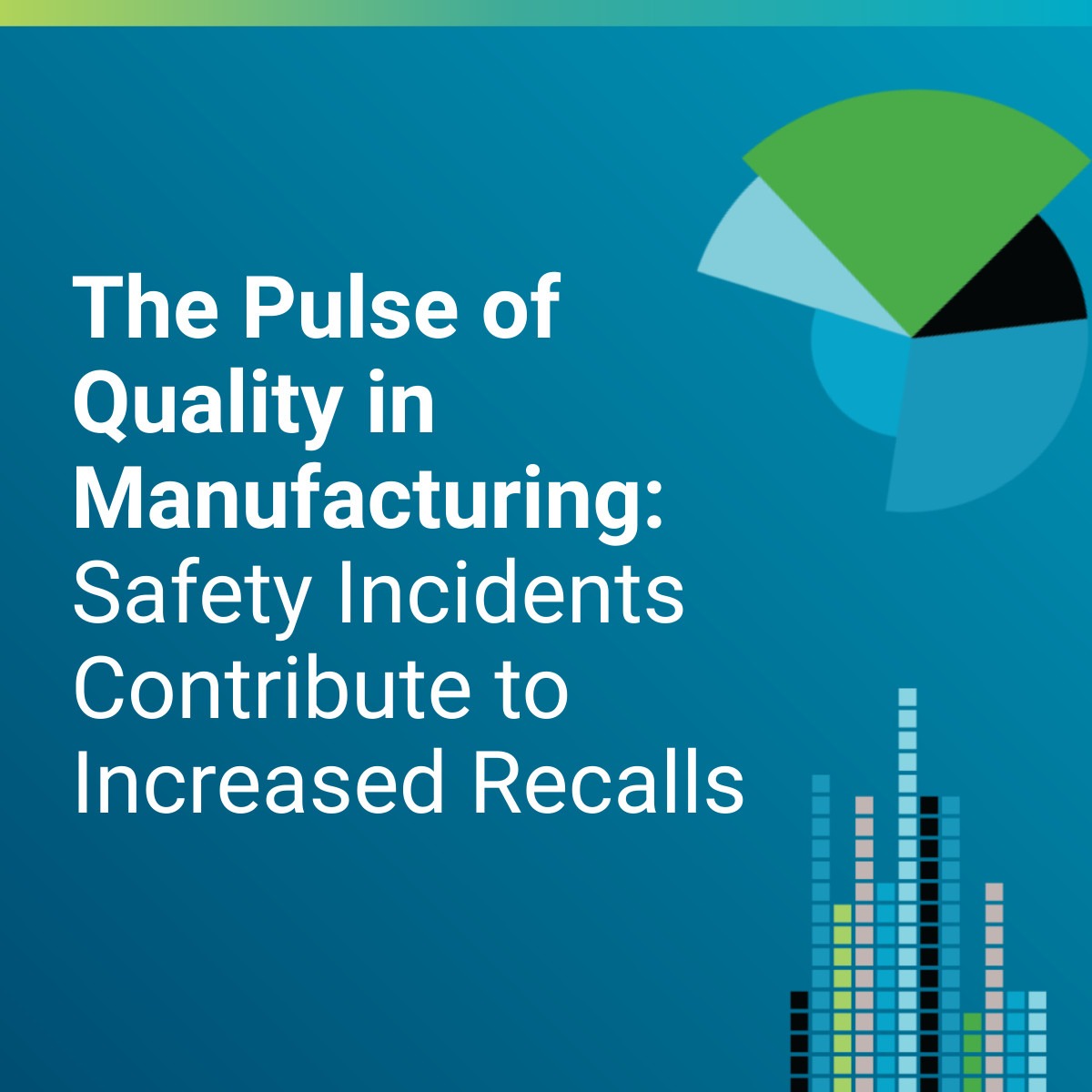European Companies Have to Be Alert to a Number of Risks Unique to the Pharma Industry. Here We Look at the 7 Deadly Risks of the European Pharmaceutical Industry
Drug companies are constantly grappling with complicated changes in their industry. Those that are quick to identify new pharmaceutical risks and develop policies and procedures to mitigate them can reduce their exposure in an ever-changing landscape.
Several important industry trends are reshaping the sector’s future, and we characterize these as the 7 deadly risks of pharma.
Brexit
Brexit came as a big shock to the European pharmaceutical industry, which had voiced deep concerns about Britain’s departure from the EU before the referendum.
The full impact of the decision has yet to become clear, but there are fears that European funding for UK-based research projects could be at risk as a result.
Industry leaders are also keeping an eye on potential implications linked to restrictions on the movement of workers and the lower value of the pound against the euro and the US dollar.
But so far Britain’s big hitters GlaxoSmithKline, AstraZeneca and Shire have escaped unscathed on the stock market compared with many FTSE 100 companies from other sectors.
Cuts in Healthcare Spending
Europe’s slow recovery from the financial crises of the late 2000s has been uneven, with austerity and economic uncertainty still very much a reality, especially in the EU’s poorer member states.
Analysts believe that an ongoing need to reduce debt and fiscal deficits will limit public healthcare spending to just 2.4% a year over the next two years, which is bad news for pharmaceutical companies across Europe.
Stronger economies like Britain, Germany and Sweden are predicted to show more robust recovery in healthcare spending over the same period, but there will be restraints on growth and increased competition among providers.
Rapid Regulatory Shifts in the Pharma Industry
Patient health and safety lies at the heart of the robust and complex regulatory system which oversees Europe’s pharmaceutical industry.
But approaches to patient protection can vary widely from market to market, and the industry also has to contend with an ever-changing landscape, increased scrutiny, more sophisticated risk-monitoring techniques and improved coordination between agencies and regions.
The sector has been likened to the financial services industry of 10 years ago, when authorities started to crack down in areas such as product safety, security and privacy breaches and intellectual property disputes.
Supply Chain Risks in the Pharma Industry
Supply chain disruption is a growing concern for the European pharmaceutical industry as it increasingly looks to cut costs by relying on ’emerging markets’, where standards can be lower in terms of compliance, ethics and health and safety.
Supply chain failure, the resultant loss of profits and the cost of mitigating incidents and reputational damage are deadly risks for all pharma businesses.
Poor communication is usually at the heart of supply chain breakdowns, and a company that is unaware of what its suppliers’ suppliers are doing leaves itself wide open to a range of risks.
Talent and Knowledge Deficit in the Pharma Industry
Pharmaceutical companies and universities across Europe have always faced losing their top scientists to the USA, but many feel there is more to a current lack of talent than that longstanding brain drain.
Industry analysts believe that a combination of inefficient recruitment strategies and planning weaknesses lie behind the shortage.
Businesses that show enthusiasm for developing talent pipelines to target professionals early in their careers often find it difficult to build a strong financial case to implement their strategies.
Brexit has also muddied the waters with the whole industry approaching a wait-and-see approach before implementing any bold training or recruitment programmes.
Cybersecurity
Digital health is pharma’s hot topic and offers more effective and efficient personalized healthcare to patients and carers.
Digital health is all about the use of emerging technologies to offer greater potential for better self-care, more proactive health management and faster recovery from diseases. In hospitals, digitization will decrease error rates, offer faster recuperation and support skilled clinicians in treating patients collaboratively across borders.
But it brings with an increased risk of cybersecurity breaches.
The most robust approach to addressing cybersecurity risk is to identify who is targeting the organization, and then assess the potential impact and put controls in place. This approach allows operators and managers to balance disruption against the cyber risk while, at the same time, providing safety assurances.
Pricing
Hikes in the price of medicine and their impact on the sustainability of healthcare systems are garnering more and more attention.
European regulators are willing to play their part in safeguarding continued access to safe and effective medicines. Regulators can speed up the approval of generics and biosimilars to boost competition and drive down prices. They can work to ensure ‘me-too’ products continue to come on the market at reasonable speed, again to drive down prices through increased competition.
They can also encourage companies to conduct clinical trials that will satisfy the needs of regulators as well as the health-technology assessment bodies.
Regulatory bodies can also promote research and development in areas that could lead to reductions in the price of medicines. This could also mean reflecting on new approaches to medicinal development, such as the adaptive pathways approach being explored by the EMA. This is a scientific concept for medicine development and data generation which allows for early and progressive patient access to a medicine. The approach makes use of the existing (EU) regulatory framework for medicines.
It’s in the nature of external risks that they are impossible to control. However, European pharma businesses can do a great deal to minimize the likelihood of the risk becoming reality. But risk management is your friend – helping you to identify and monitor a range of risks in a systematic way.
Takeaways:
Healthcare spending in Europe will be squeezed over the next two years.
Increased competition could mean lower profits for pharma companies.
Digital health developments need heightened cybersecurity.
Pharma companies must tighten up recruitment policies to improve talent pool.
Pharma faces a number of risks unique to the sector.


